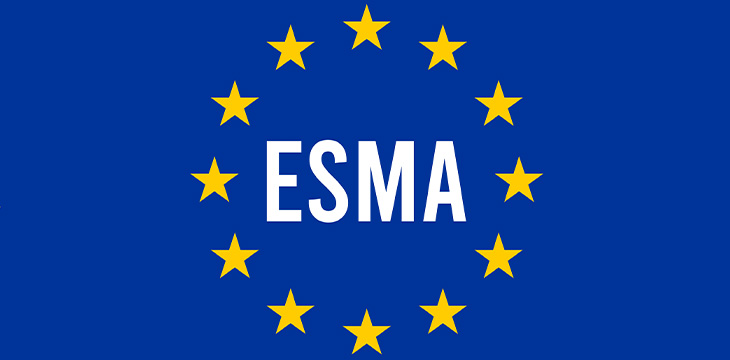The European securities watchdog is seeking public input on whether there’s a need to amend its regulations to accommodate the use of distributed ledger technology (DLT) for trading and settling securities.
In its call for evidence, the European Securities and Markets Authority (ESMA) invited stakeholders across Europe for input on its regulatory technical standards (RTS). This is in preparation for the commencement of its DLT pilot, which if approved this year, will kick off in early 2023.
The DLT RTS will be the first regulation targeting the use of the technology in the issuance, trading, and settlement of bonds, stocks, mutual funds in Europe. The region is already working on the Markets in Crypto Assets (MiCA) legislation, but this covers digital currencies and stablecoins, leaving the underlying technology mostly unregulated.
If the DLT laws are passed, which is expected to be in March 2022, they will allow EU entities to issue stocks, ETFs, and bonds in a sandbox program at first before the wider rollout. Stocks and ETFs will be limited to $565 million, bonds will have a $1.1 billion limit, and corporate bonds will be capped at $225 million. The overall limit for any financial market infrastructure will be capped at $10.2 billion.
The ESMA-proposed regulations will cover such areas as equity and non-equity transparency, provision of data and double volume cap, and data reporting requirements. It will also include ways in which DLT users will provide regulators with access to information on transactions, transparency data, and financial instruments’ reference data.
“The aim is to ensure more efficient, secure, and cost-effective management of the data stored on DLTs while preserving its quality, usability and comparability,” the ESMA summed up the proposal.
Interested stakeholders have until March 4 this year to submit their feedback.
Watch: CoinGeek New York presentation, Integrating Business Apps with BSV Blockchain: Europe’s First Large-Scale Adoption
Source: Read Full Article
